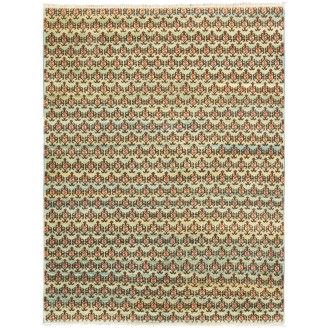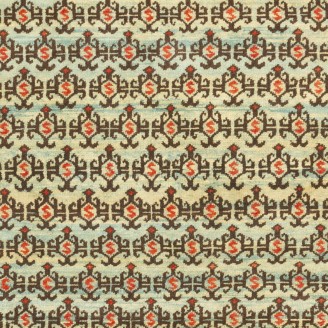The Alaeddin Mosque Clouds Carpet
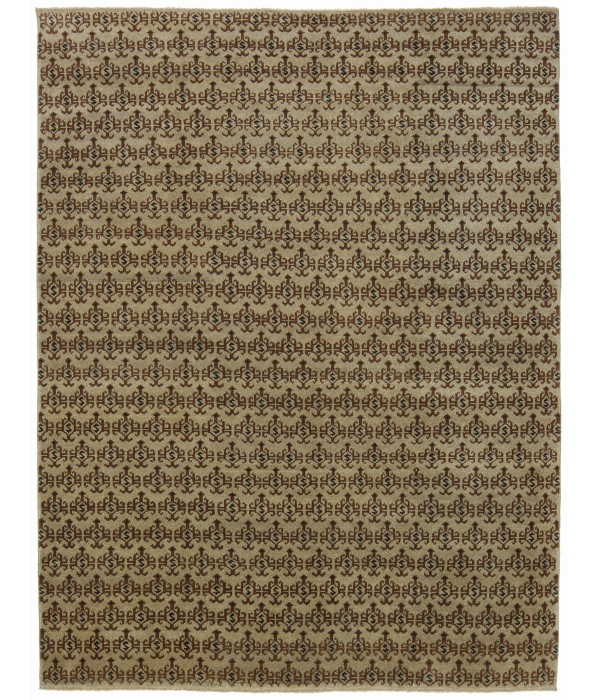
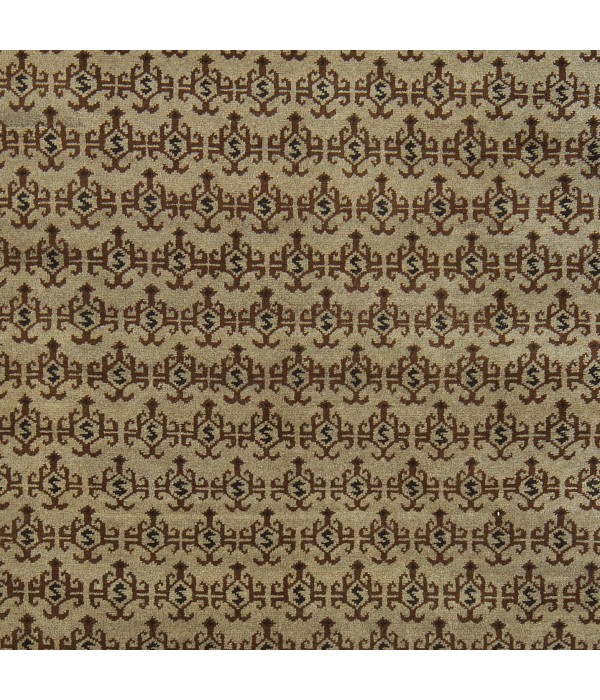
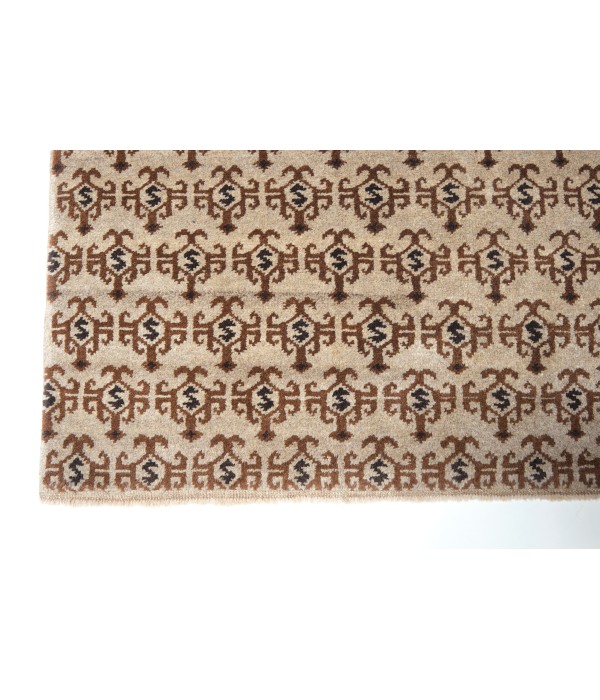
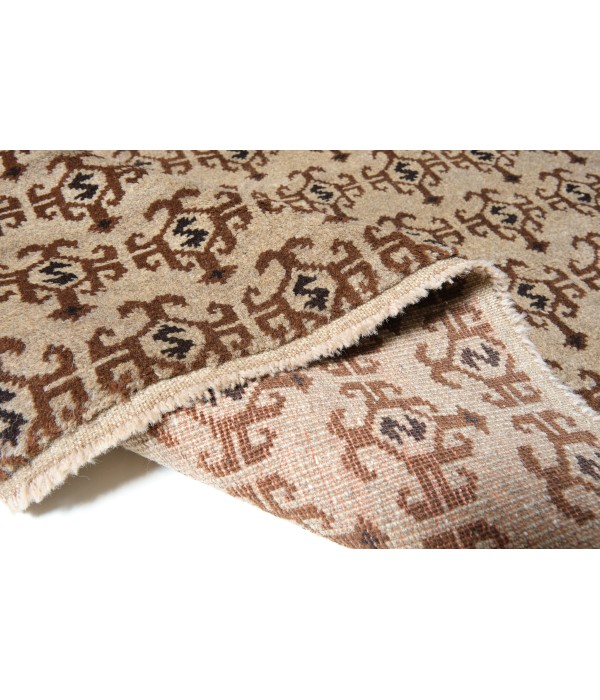
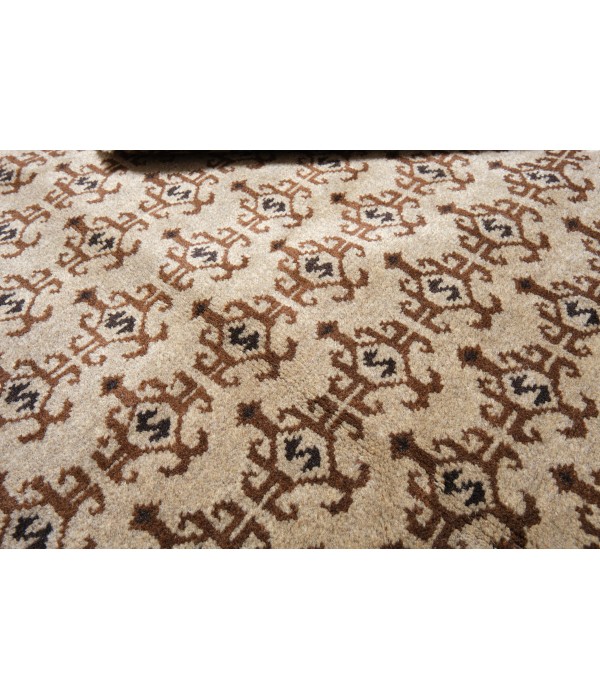
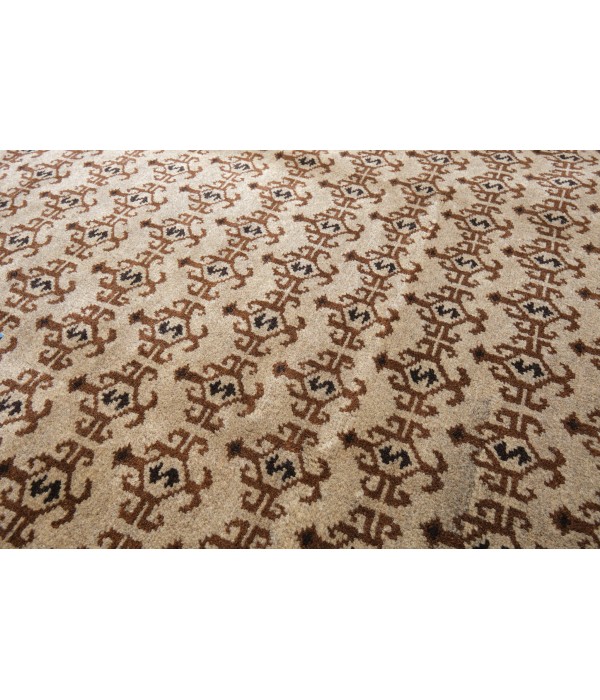
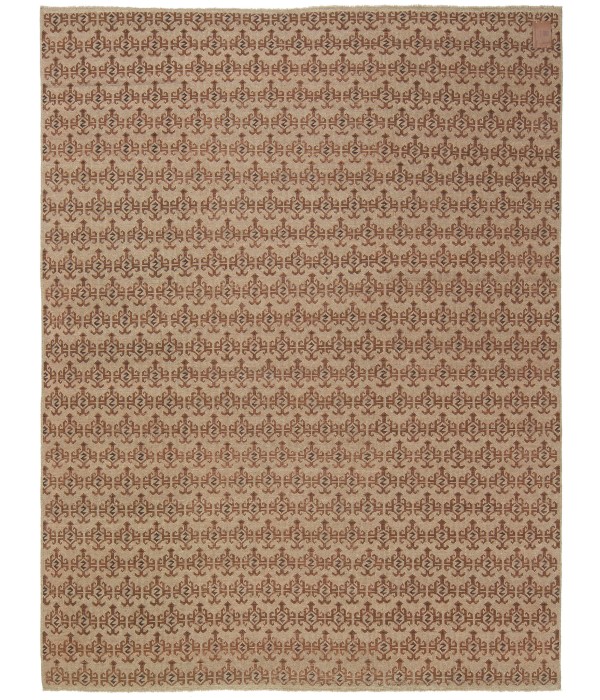
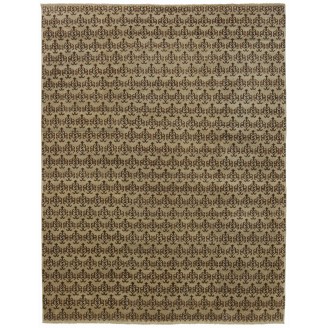
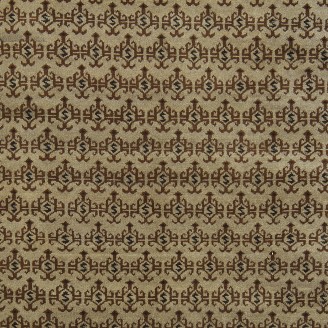
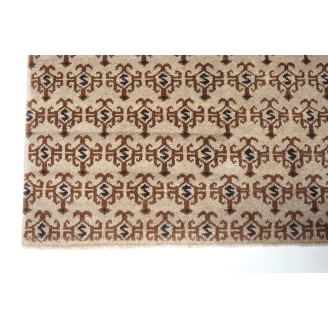
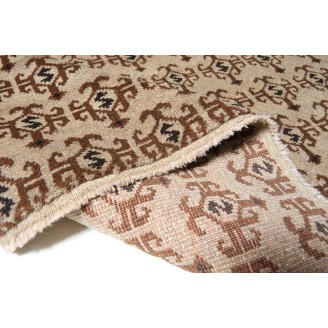
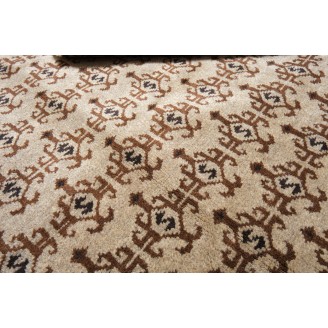
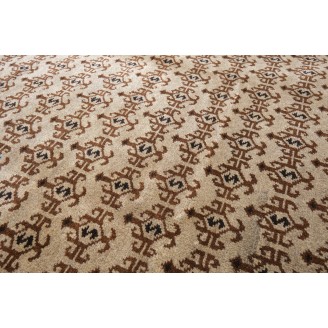
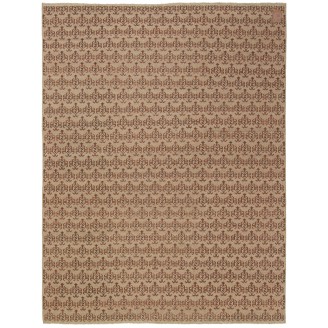
Model: ART00345The Alaeddin Mosque Clouds Carpet
Group: Anatolian Rugs Family
Area: Konya Region
Material of Pile: Natural Dyed Hand-spun Wool
Material Warp / Weft: Wool on Wool
Structure: Symmetrical knot
Knots Density: 30x26
Pile (mm): 5
Production Place: Wast Anatolia – Manisa Province
Weight: 10.90kg
Location: Tokyo
Stock: In Stock
Dimensions:
The source of carpet comes from the book Orient Stars Collection, Anatolian Tribal Rugs 1050-1750, Michael Franses, Hali Publications Ltd, 2021 fig.27. This 13th-century carpet is from probably the Konya region, central Anatolia, circa 1200-1300 (C 1290-1420). It is exhibited at the Museum of Turkish and Islamic Arts, Istanbul. The Seljuk period marks one of the highest points in art and architecture in carpets Anatolia. It is therefore not surprising that tremendous excitement was caused by the discovery of two groups of Turkish knotted-pile carpets from this era. In 1905 seven examples were found by Fredrik Robert Martin (1868-1933) in the Ala'eddin Mosque in Konya, the foremost mosque at the heart of the Sultanate, which was constructed in stages between the mid-12th and mid-13th centuries. Generally referred to as the 'Seljuk' or 'Early Konya' carpets (although they do not relate to any later carpets that are attributed to Konya), these soon came to be considered the most important group of early Anatolian carpets. Their patterns are not reflected in the architecture and do not represent the art of the Seljuk court; they are more likely the work of one of the nomadic or semi-nomadic Turkmen tribes that inhabited central Anatolia at this time. Labeling them 'Seljuk-period' would therefore be more accurate. Four are large but incomplete, the other three are fragmented. They were transferred to the Evkaf Museum in Istanbul in 1911, and then to the Museum of Turkish and Islamic Arts.In 1908, when he published three of them in color, Martin wrote: 'In Ala-al-din's ( Ala'eddin ) Mosque in Konya, which was finished in 1220 AD, are four carpets and two fragments that differ from all others which to the number of several hundred covers the floor of this mosque, one of the most beautiful and most ancient in Turkey. Though in many ways differing, they are nevertheless all of the same kind, and from the same period, viz. contemporaneous with the erection of the mosque. Their ground is decorated with a very simple pattern repeated many times. The border of these carpets, which is their characteristic feature, consists of Kufic decorative letters, which by their pompous form and large size are entirely different from all such letters known on other carpets. They are evidently scions of the magnificent Kufic writing that was in use at the commencement of the Caliphate'. Soft colors are chosen by our designers for this rug.
Color summary: 3colors in total;
Color summary: 3colors in total;
- Bamboo Beige 99 (No Dye)
- Natural Wool Color 37 (No Dye)
- Dark Brown 316 (No Dye)
Dimensions:
5 ft 8 in x 7 ft 5 in ( 175cm x 227cm )
Price:
$3,900
Ex Tax: $3,900

